| Band: Ashtoreth & Pilgrimage to Pleroma | |
| Album: UR | |
| Genre: Ambient | |
| Country: Belgium | |
| Release Date: 24th of June 2022 | |
| Released via Consouling Sounds | |
| Cover Artwork © Consouling Sounds |
Ambient is a genre I discovered for myself when Corona first broke its way here in Europe. Everything had to slow down, social activities reduced to a minimum and working from home. In order to cut loose from all the chaos surrounding oneself you surrounded yourself with music that kept you sane.
UR is the collaboration of Ashtoreth (Peter Verwimp) together with Stratosphere (Ronald Mariën) as well as Marko Neuman and Pilgrimage to Pleroma (Mattias M. Van Hulle from Pothamus).
“Apeiron” by Pilgrimage to Pleroma is the first half of this EP. Apeiron is Greek (τὸ ἄπειρον) and can be translated as “the unlimited”, “the infinite”, and is used as a term for the primal state of the earth (if you want to know more about it, check out the Greek philosopher Anaximander).
“Apeiron” is a very transcended and ethereal track. With that image of the aforementioned primal state in mind, it really leaves you wandering what imprint mankind will leave on earth once it is gone.
“Phobos & Deimos” (The concept behind the track is explained in the interview you find below) by Ashteroth is the other half of this EP. I see this track as the second part of a time-encompassing journey. “Apeiron” was the beginning of earth so to say while “Phobos & Deimos” is the song for the end mankind on earth.
This track has a very “tribal” vibe to it. The use of chants and screams in the first half of this track reminds me of some ancient “Gift for the Gods” kind of ritual where some priestess is singing on the top of a mountain. The second half shows how the ritual has failed and mankind is doomed, not in a big armageddon way, but in a slow, steady descent kind of way.
This split EP shows how awesome ambient is done. It evokes images in your head and captures the mood perfectly. You should really give yourself 50 minutes time and experience this aural journey.
Interview with Ashtoreth
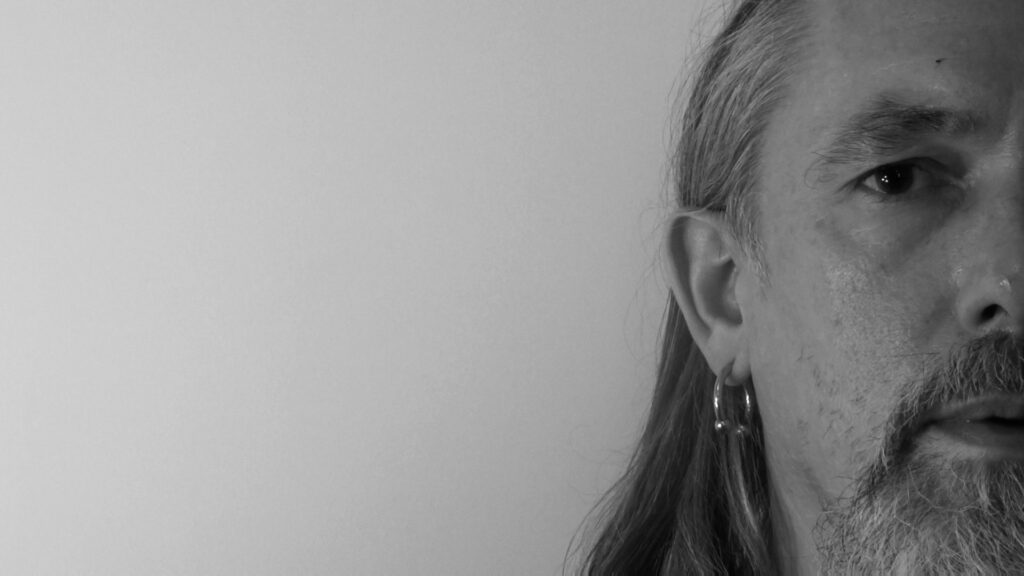
Ambient is a genre I really grew up on in the last two years. I always wonder how one starts to compose that kind of music. Since there are no choruses, verses or anything like that. Could you tell us what is the starting point and how do you develop ambient music?
Ashtoreth (A): There are different approaches I use for the creation of my ambient infused music. I think one of the key components of Ambient music is atmosphere. So i`ll often start off with creating a base track to set the mood or ambience for a piece.
It can be a guitar drone, a field recording or some percussive elements with massive reverbs or delays, a background noise… I experiment with making my own foley, like they do in films, by meticulously creating my own landscape by mixing in different sound elements like birds, wind sounds, footsteps on a road…and then build on top of that.
In doing so I create a sort of frame work or back drop story for the track. It`s then that ideas for what to do next or what the piece will be about start to develop.
At other times there is a given theme or concept I start with, thinking and researching certain topics is also a part of my creative process.
Chaos and coincidence play an integral part in my music too. Sometimes i`ll randomly set up some blocks of sound and listen to what is happening. If it works i`ll go with that and expand the piece from there. Experimentalism is another factor in my music creation, so I`ll often try new things, experiment with different set ups, involve other instrumentation…
When playing Ambient live, do you tend to recreate the original tracks or is it more like a „guided experience“ where the recorded track is like a roadmap?
A: I think `guided experience` describes very well what I do live. All my music stems from a form of improvisatory meditation. I burn some white sage on stage before starting off my sound journey, the smoke and the smell get me in a certain mood, a portal if you will, to open myself up to the moment and the vibrations of those present with me. From there on I`ll just follow my feeling and the energies of the audience for where to take things next.
Throughout the years I developed a sort of sound and settings archive in my mind, there are certain ideas or small riffs I can turn to as a form of communicating something to the audience. Or at times I`ll use some recent idea or experiment i`ve been working on and try to incorporate that in a live context.
But the most important to me is to shut down the mind and create out of nothingness, guided by the moment, emotions and what is radiating back from the audience in the room.
What sparked the idea behind your track? What drew you towards Greek Mythology?
A: Most of the music for `UR` was created during the Pandemic. The lock downs we`ve had created an ideal period of time where I was able to work on music uninterruptedly. We weren’t allowed to leave our homes, we didn’t have to go to work, modern life was almost shut down completely.
So suddenly I found myself with all the time in the world to create. That fact and the dystopian feelings that came with the lock downs and the policy making of governments and health experts worldwide inspired me to channel the energies of the fear, the anxiety, the panic and the paranoia that was being felt the world over at that moment.
So while recording music with these concepts and emotions in mind, I got a memory from when I was studying old Greek at school. I remembered the story about Phobos, the god and personification of fear and panic. Son to Ares and Afrodite he often accompanied his father into war along with the Godess Eris (discord) and his brother Deimos (terror).
At that time the news had also reached us that we had been given permission by scientist and designer Pablo Carlos Budassi to use his map of the cosmos image (for a full view go here: http://www.pablocarlosbudassi.com/2021/02/the-infographic-and-artistic-work-named.html?fbclid=IwAR3-ZIIMinJxOUvFJVdov5sXT9U1-VFlByyKOI_N0-5cjsgMxe-QwRIV658).
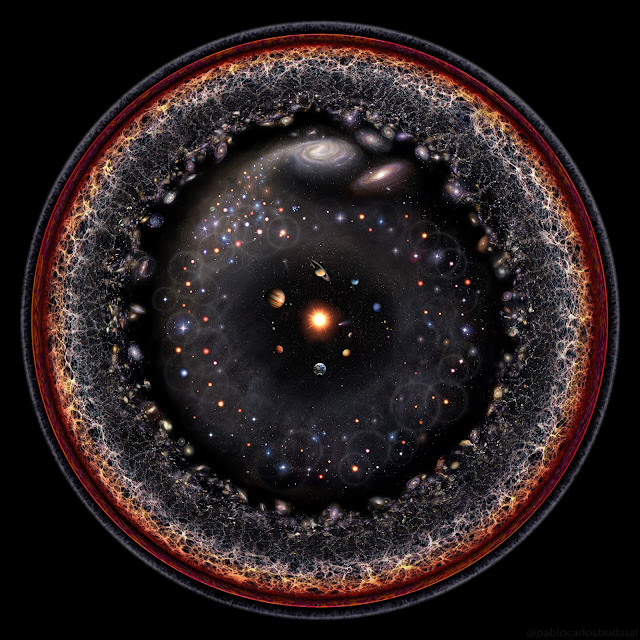
That image made me connect the gods Phobos and Deimos to their cosmological domain as moons to Mars, god of war. That brought things full circle.
The Pandemic time made me think a lot about our connection to nature, or rather our disconnection from it. We think we are able to do as we please and create imbalance everywhere we go. Then the smallest of creatures comes along and a simple virus wreaks havoc and creates a worldwide panic craze. We are more vulnerable than most think we are, and should be more humble in our actions, yet we choose hubris.
UR is an exploration on Nature as a wild, untamed, and uncontrollable force. In this joint contemplation, ‘Chaos’ is not given the modern negative, entropic, disorderly or decadent connotation. In contrast, chaos is approached as an unbridled and primordial, creative, formative force – een Oerkracht. It is the manifestation of the Will, of potentia and abundance. It’s “The foundational essence of the world to all eternity”, as Nietzsche put it. In that sense, nature exceeds human comprehension, yet, simultaneously, chaos is intrinsic to man, who himself “has something in common with everything that is: indeed, he is himself a piece of reality, truth, nature”.
When I listen to Ambient I often get the atmosphere from the album title. Since there are mostly no lyrics in Ambient music, do you think the album/song-titles are more important than in other genres?
A: I agree with that, I think the title should somehow capture the essence of the music. When I start on a piece from a certain concept the title is usually chosen early in the creation process and acts as a guide line for it. But when I compose from chaos the title usually comes afterwards and is chosen after listening to the end product. But in both cases the title is of great importance. The music might be without words, but that does not mean it doesn`t speak in another language and still conveys a story and a meaning. In that sense I view it as shamanic, it is channeling the unspeakable.
For me the first Ambient artists I really listened to were Brian Eno (Ambient 1: Music for Airports) and Bohren & der Club of Gore. Which artist or song got you into composing ambient music? Who would you consider as an inspiration today?
A: Very good choices for sure ! I think that one of my first encounters with ambient music must have been Klaus Schultze`s `Moondawn` album. My neighbour gave it to me to listen to when I was about 10 years old and it made a profound impression on me. Before that I had heard mostly classical music and some pop music on the radio. The synths and the cosmic atmosphere in Klaus`s music was something entirely new to me. I remember listening to the long, side-spanning tracks, with the curtains closed in complete darkness and the music taking me on a mental journey.
Another act that was influential in my ambient development was the Neurosis side project Tribes of Neurot. Before doing Ashtoreth I played in all sorts of heavy guitar based bands and their side-project showed me a way of translating ambient music to the guitar. I started developing ways of working with guitar and how to incorporate it into the idea of the ambient genre. Afterwards I added vocals in the form of shamanic chants and screams.
My involvement with shamanism throughout the years also added another layer of meaning and approach to my music.

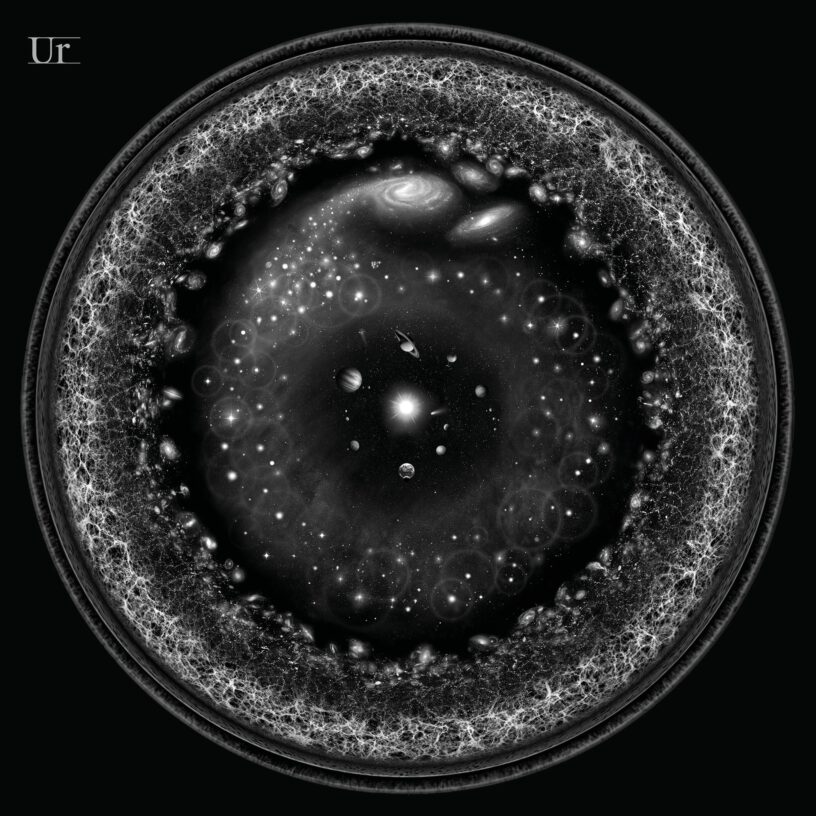
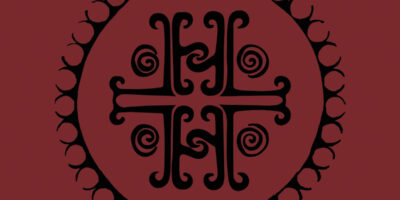
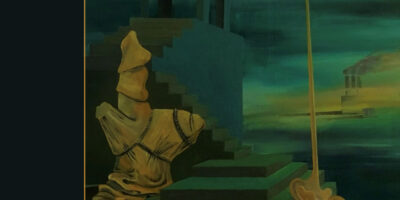
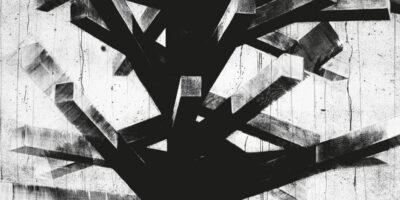
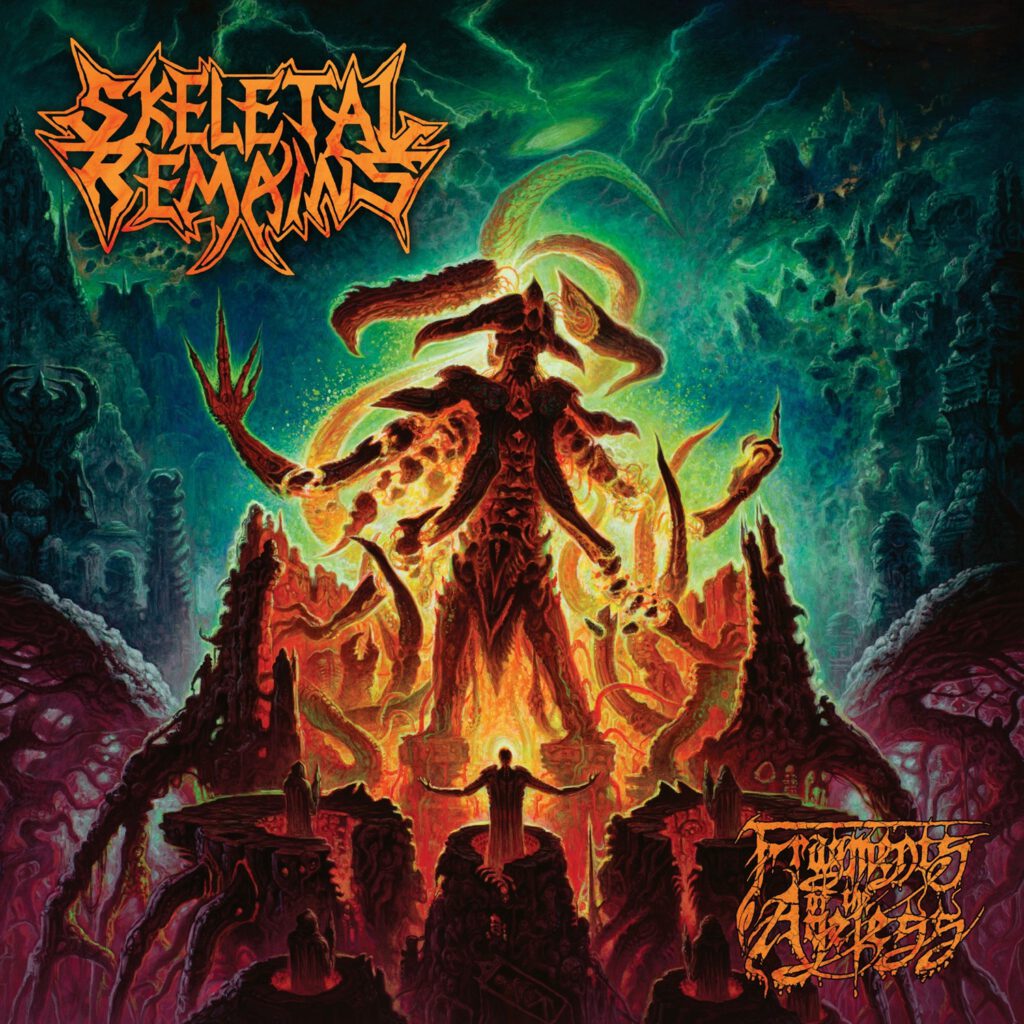
1 Pingback